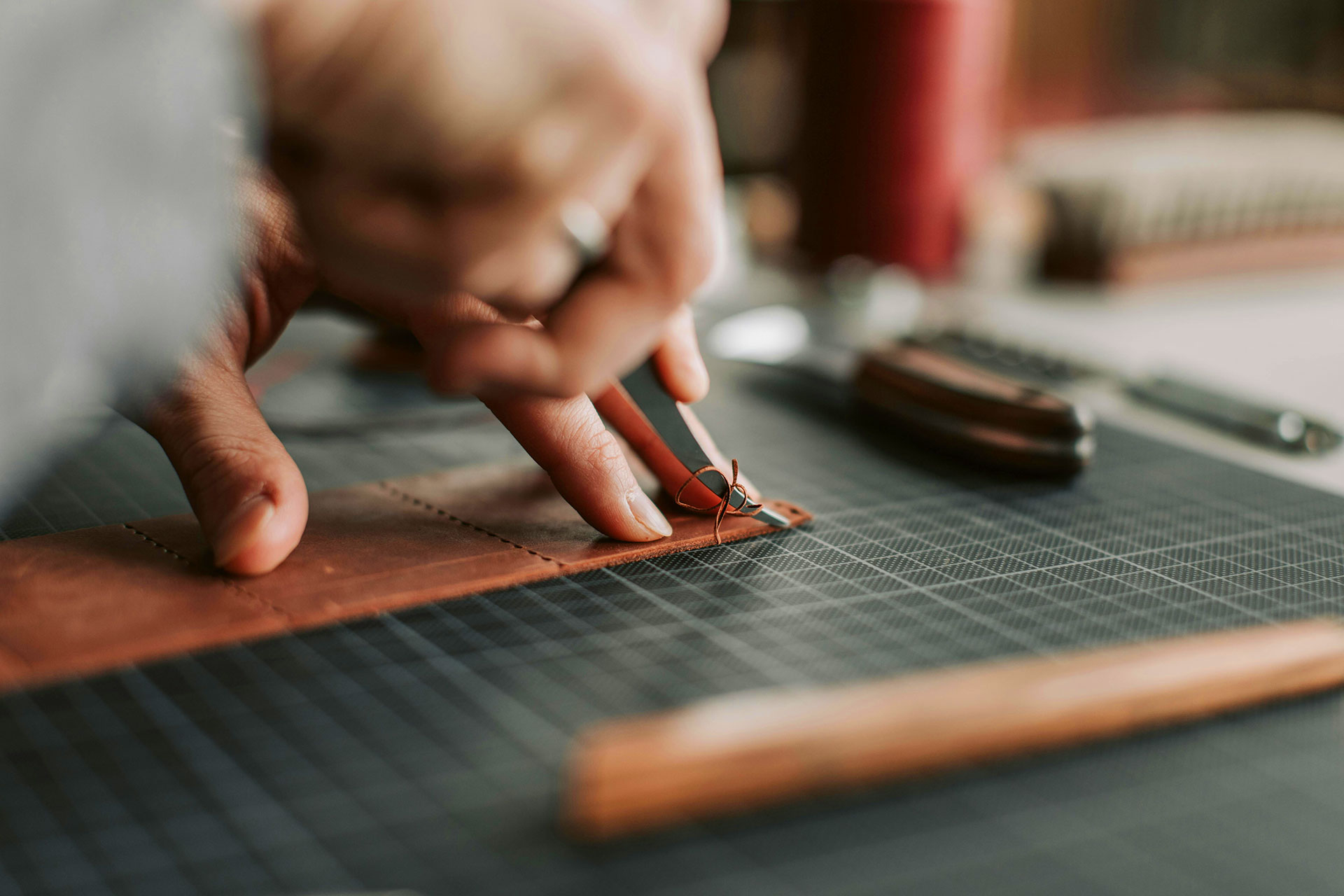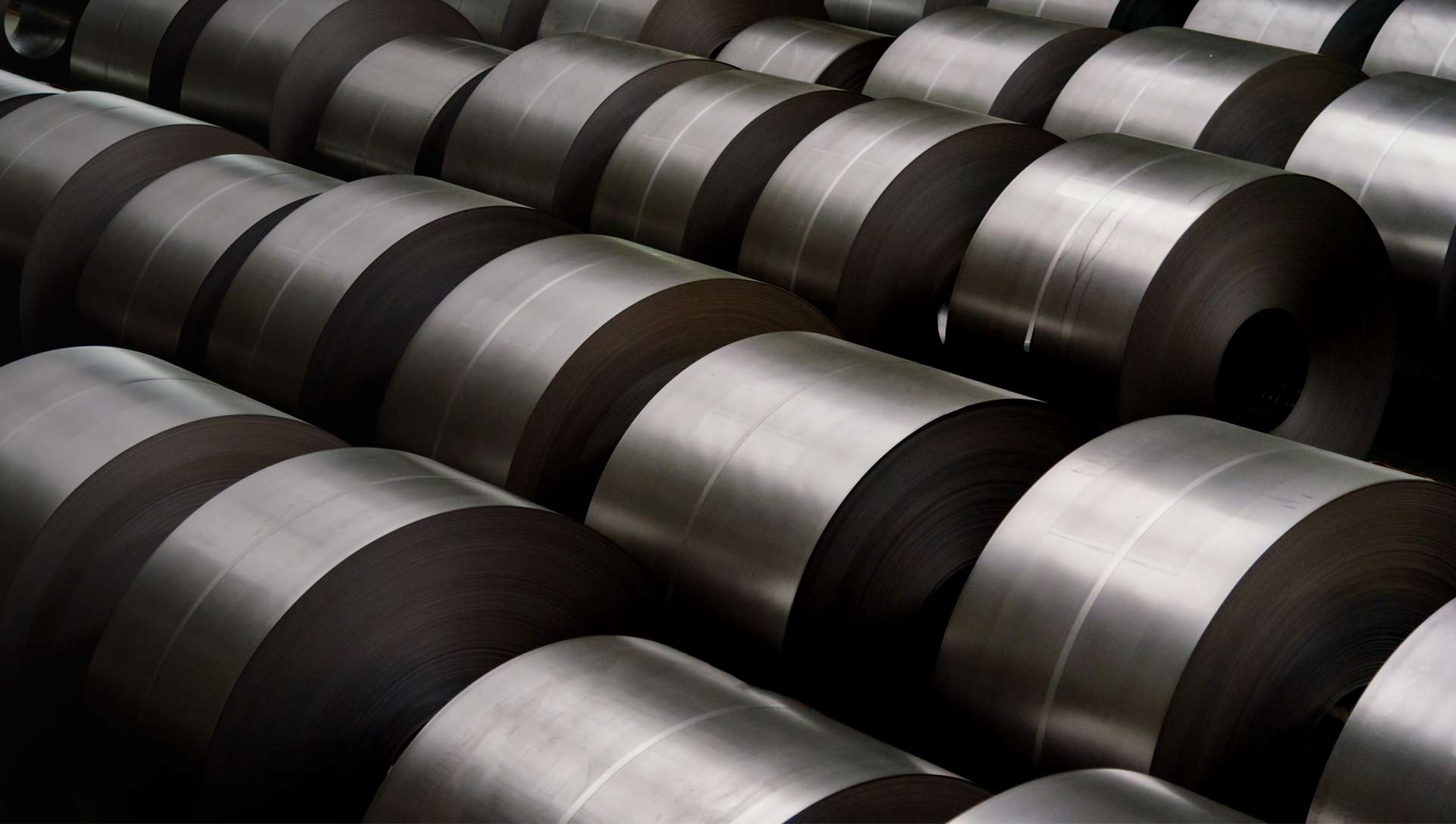
4 Mistakes to Avoid When Buying Your First Set of Leather Tools
Starting leatherwork feels exciting, until you realize how many tools are staring back at you. Awls, bevelers, mallets, punches, burnishers, needles in sizes you didn’t know existed. It’s tempting to grab a shiny all-in-one kit and hope for the best.
But here’s the truth: great leatherwork doesn’t begin with how many tools you own. It begins with having the right ones—and knowing what to avoid when you’re first getting started.
Going for Quantity Over Quality
That big box full of dozens of mystery tools at a bargain price? It might look like a good deal, but it usually isn’t. Many of those tools will dull fast, break early, or never feel quite right in your hands. Worse, they can ruin your first projects before you even realize what went wrong.
Start with fewer, better tools, ones that feel solid, precise, and made to last.
Ignoring How a Tool Feels in Your Hand
This one gets overlooked a lot. You’re not just buying something to use—you’re buying something to hold, often for long stretches of time. If the grip is awkward or the weight is off, it’ll wear on your hands (and your patience).
A good tool should feel like an extension of your fingers. Natural. Balanced. Something you forget you’re even holding once you find your rhythm.
Skipping Basics, Grabbing Flash
It’s easy to get lured by specialty tools with cool shapes or unusual features. But before you buy the brass edge creaser or decorative stamp set, make sure your basics are covered.
Your beginner essentials should include:
- A strong, reliable stitching awl
- Precision hole punches in common sizes
- A solid mallet that doesn’t bounce
- A sharp edge beveler and skiver
- Good quality needles and waxed thread
Master these, and you’ll build the foundation that all the fancy tools rest on.
Conclusion
It’s tempting to believe that better gear equals better outcomes. But even the finest leather tools won’t magically create clean stitches or perfect cuts. That part comes from you—your touch, your time, and the small improvements that come with every project.
So don’t stress over having the “perfect” set right away. What matters more is choosing tools that help you enjoy the work, stay consistent, and learn as you go.
Because leathercraft isn’t just about the tools. It’s about the hands that hold them, and the stories they shape.





